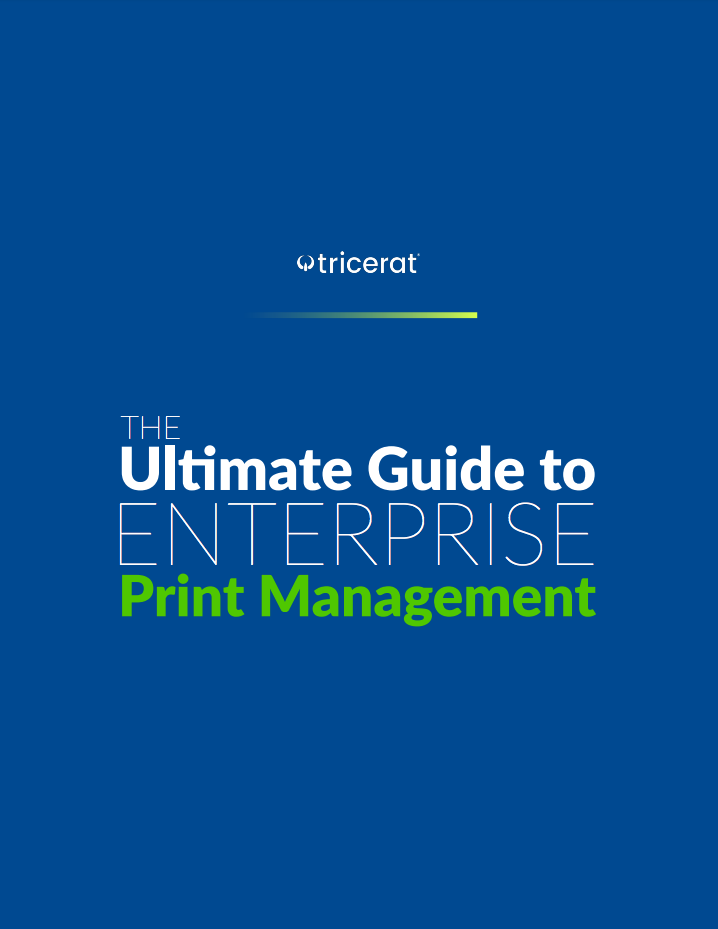Imagine a product or software so powerful that your entire IT team and sys admins love it. But once it is deployed to end users, it has critically low user adoption. Maybe it’s too complicated for the user, and now IT tickets are stacking up in the queue. Even the most cutting-edge IT solutions will fall by the wayside if user adoption is low.
When it comes to measuring user adoption, there are different metrics for different products because of the various use cases. Some organizations measure only if users are utilizing a product, but not if they’re making use of key features. User adoption is about more than simple usage of a product. Are users getting the most out of the product? Do they understand key features and how to leverage those features in their role? To gain better understanding, here is an in-depth look at user adoption metrics.
There can often be a disconnect between IT teams and users, even if a product or software is great and does exactly what it is designed to do. Sys admins and end users alike want ease of use and reliability, but those key points can look very different in each role. Sys admins are generally looking to lower their volume of IT tickets. And with a product or software that is simple to use for an end user, or better yet, runs in the background without them having to do anything, it’s a win-win.
It’s very important to solve IT issues within your organization. But if a new product, app, software, etc. is brought in to solve a problem and has low user adoption, that problem isn’t solved. If a new app isn’t intuitive for end users, it will hinder deployments and integrations and ultimately cause low adoption, which will place an IT team right back where they started: searching for a solution.

Tricerat’s ScrewDrivers® software for printing and scanning checks all the boxes for high user adoption once it is deployed. Sys admins and end users alike want simplicity and reliability, which ScrewDrivers provides on both ends; whether it’s an admin adding a printer to a user via a simple drag-and-drop dashboard, or it’s a user having access to all native manufacturer print features in the dialog box.
No matter what problem your IT team is looking to solve, remember to keep in mind that user adoption is one of the most important factors of the solution that is chosen.
